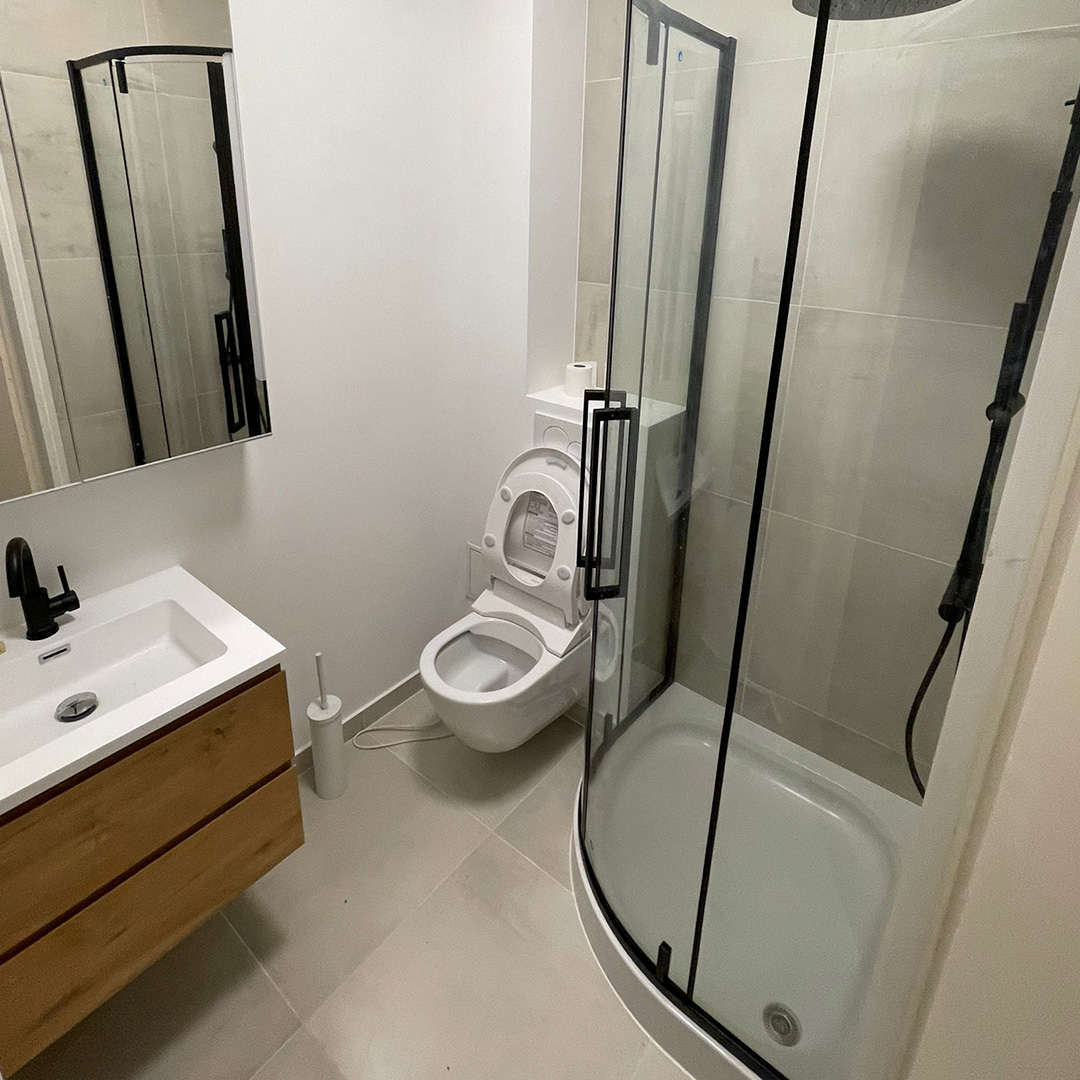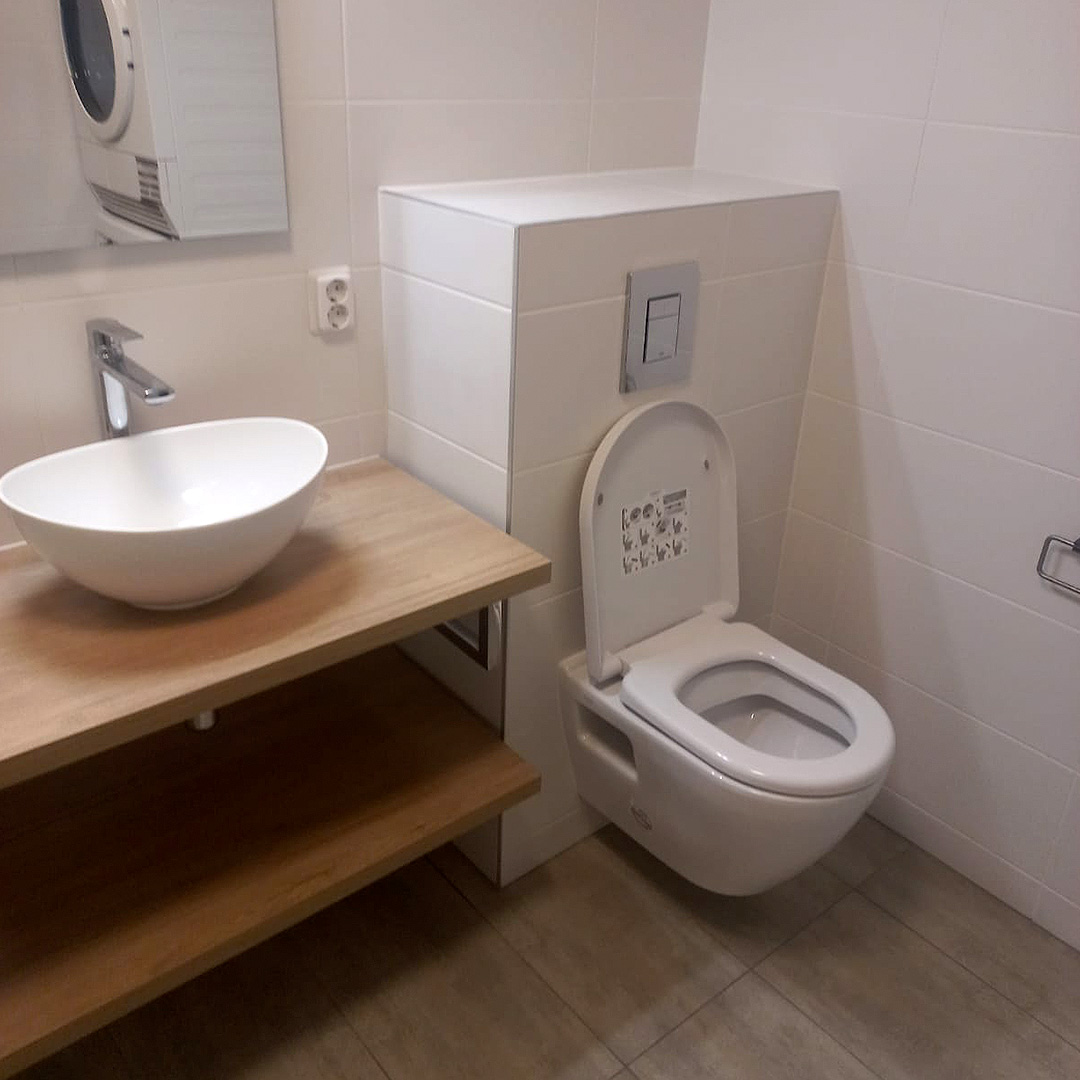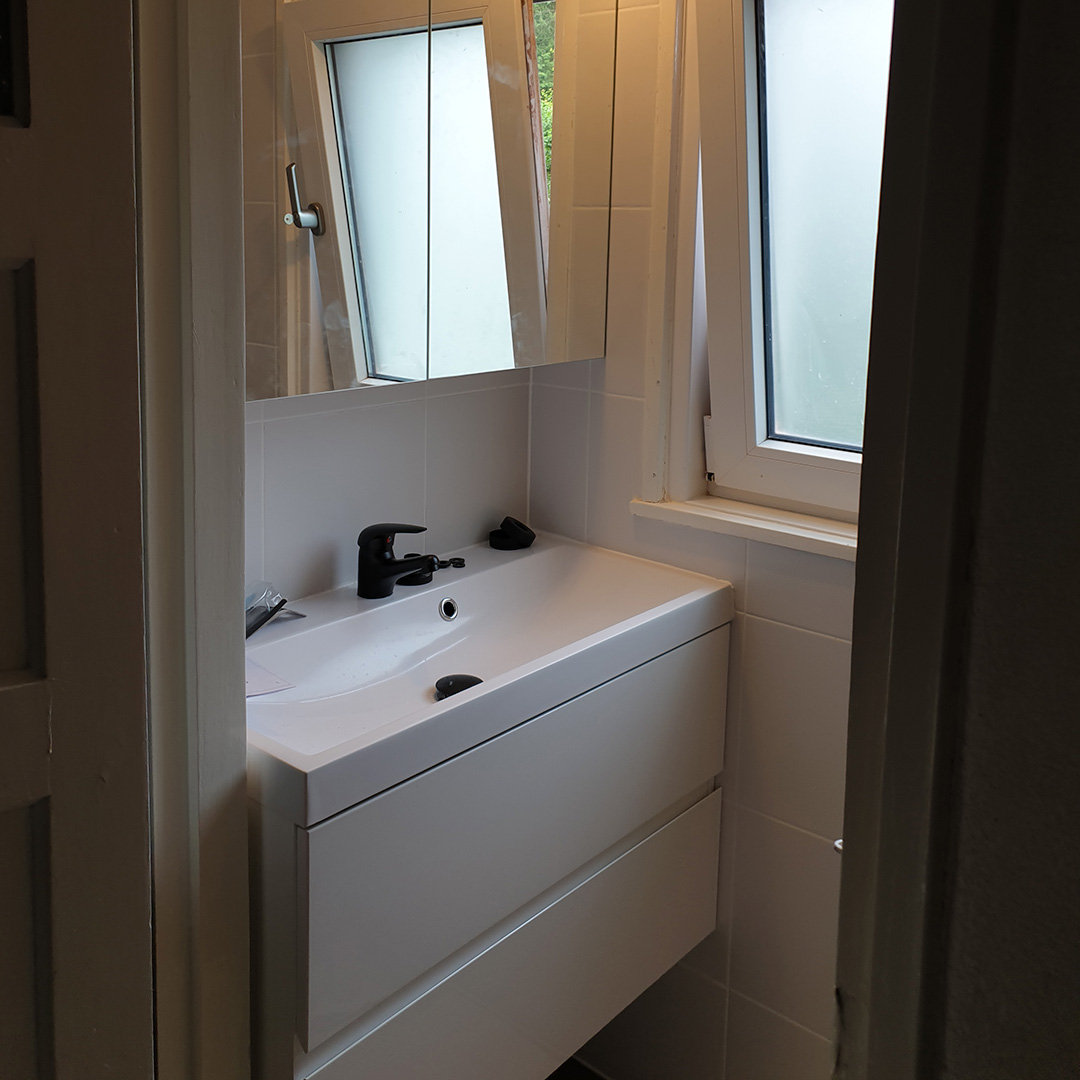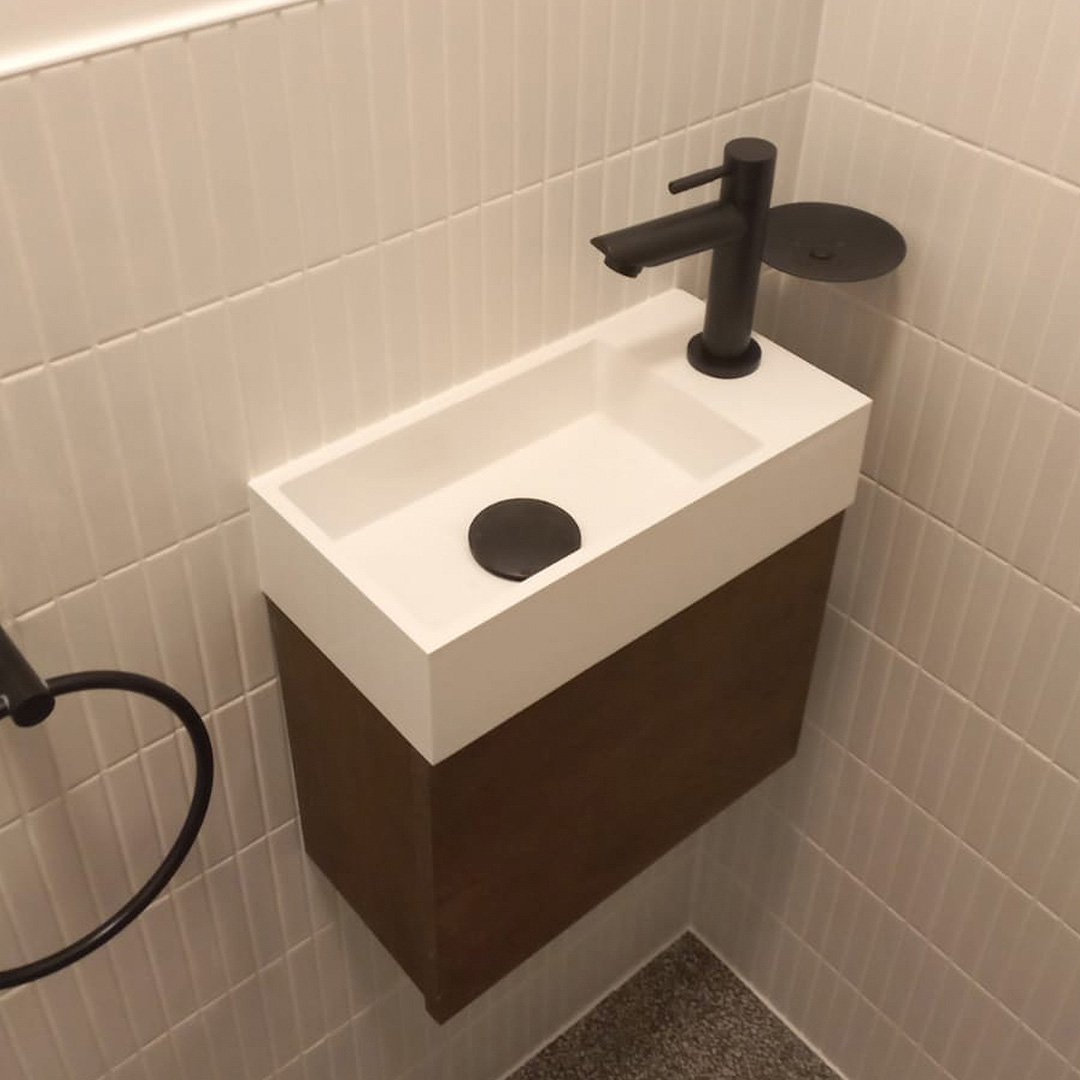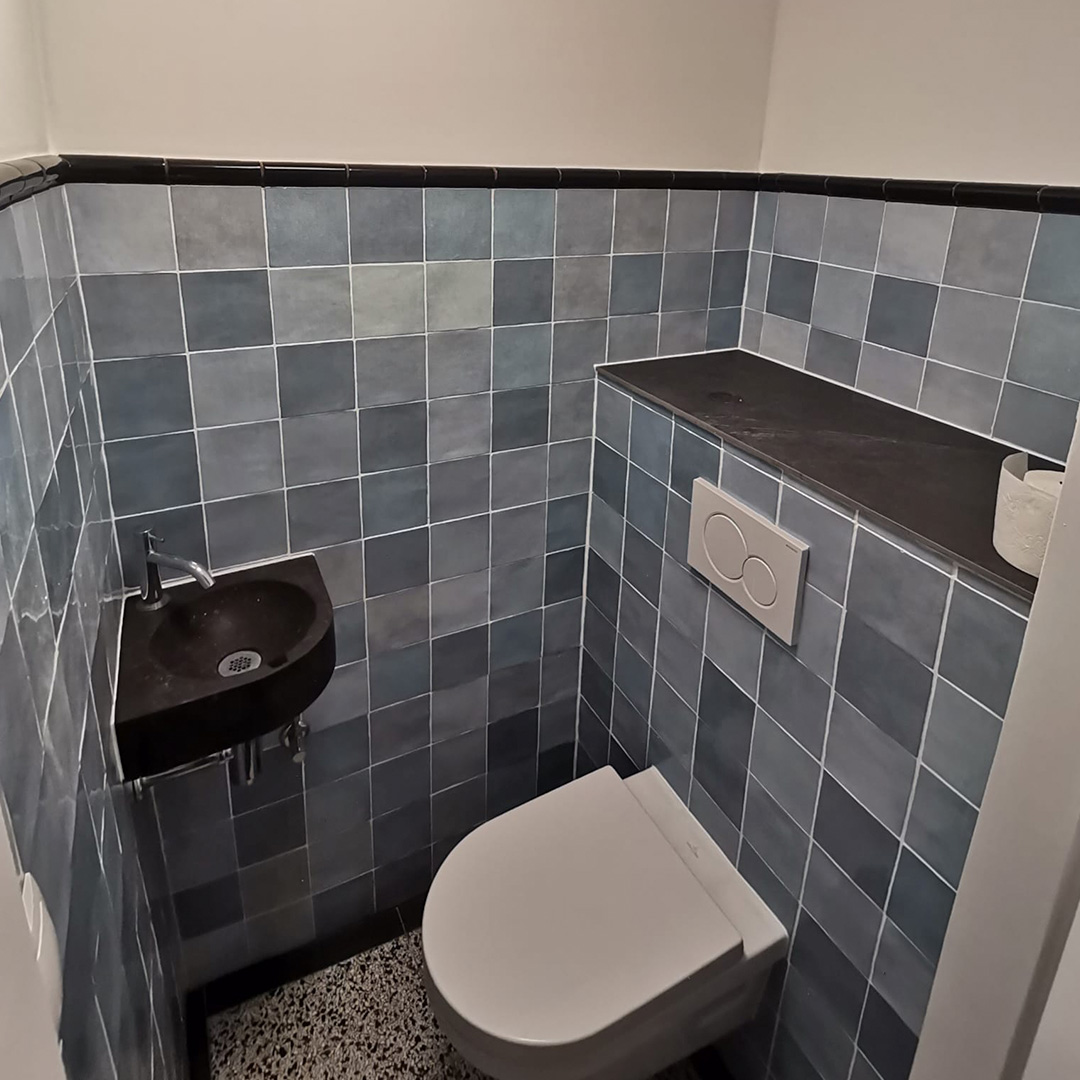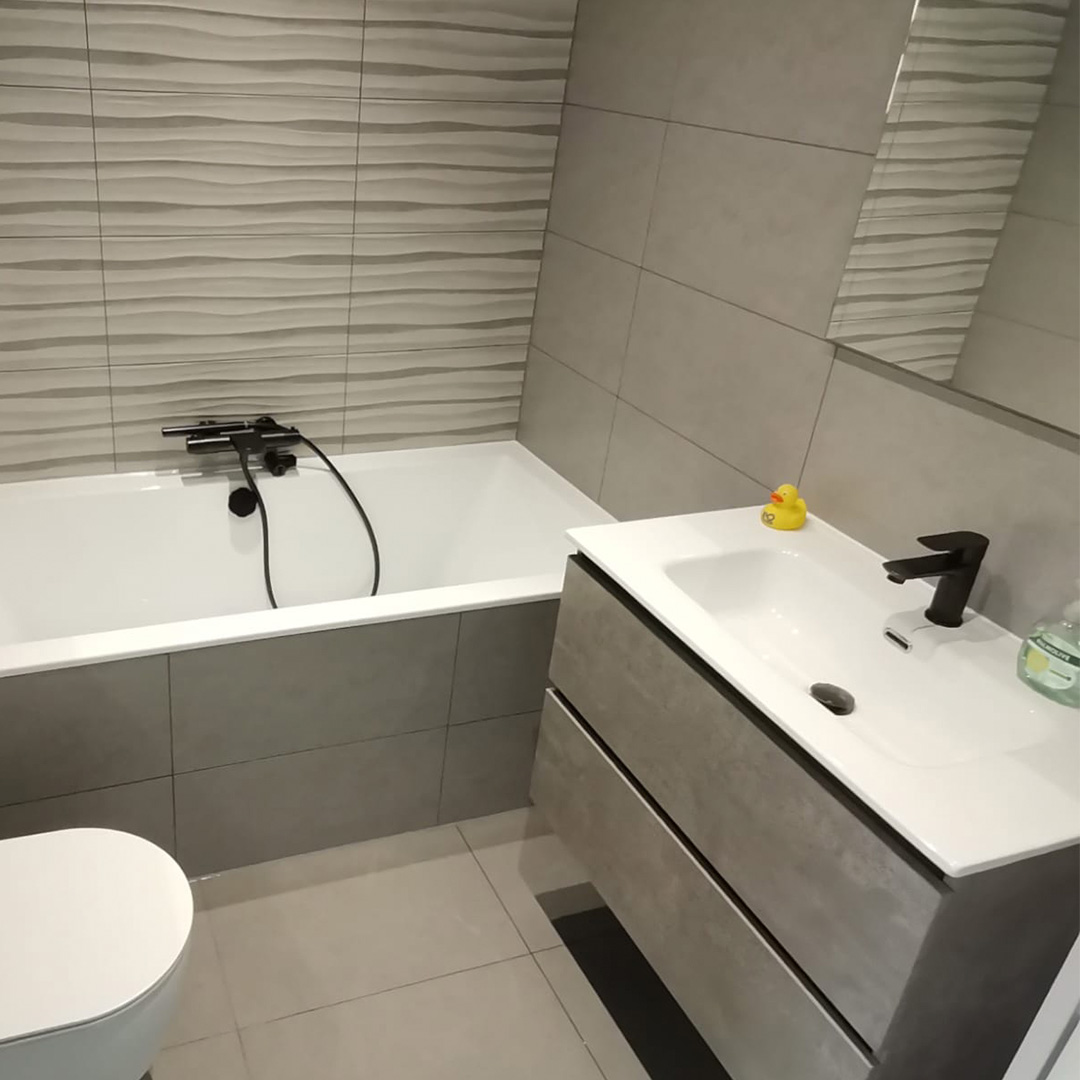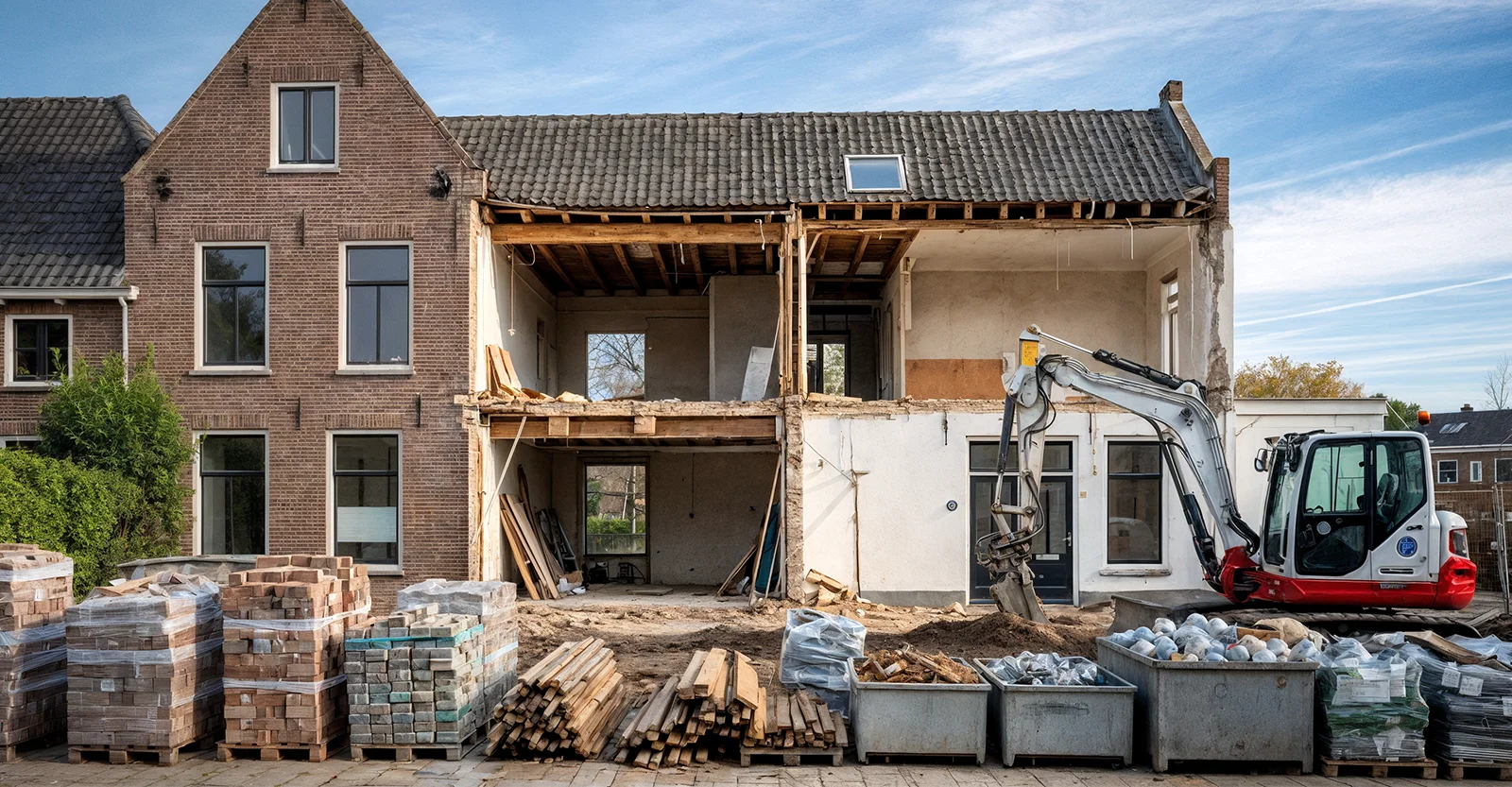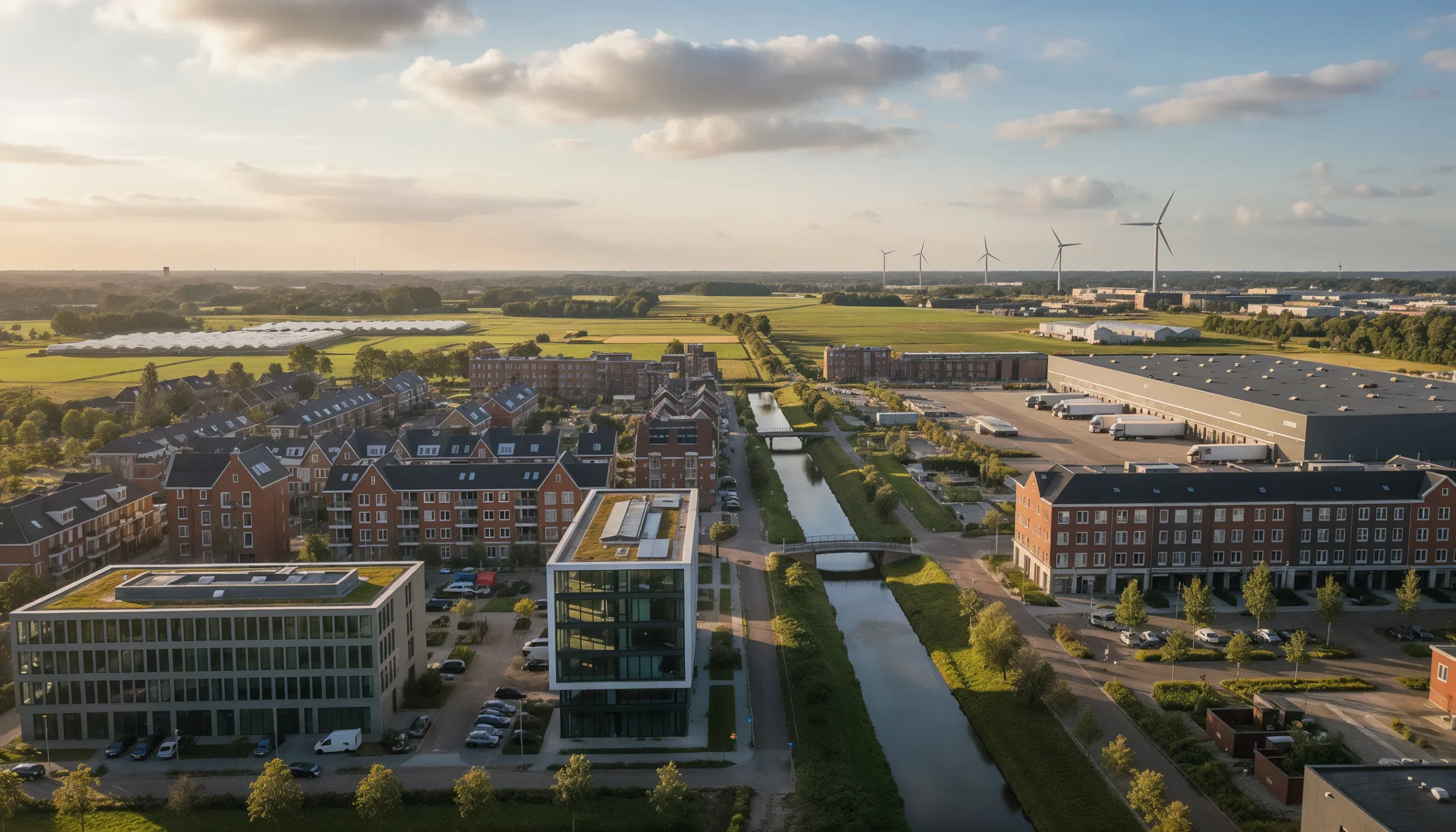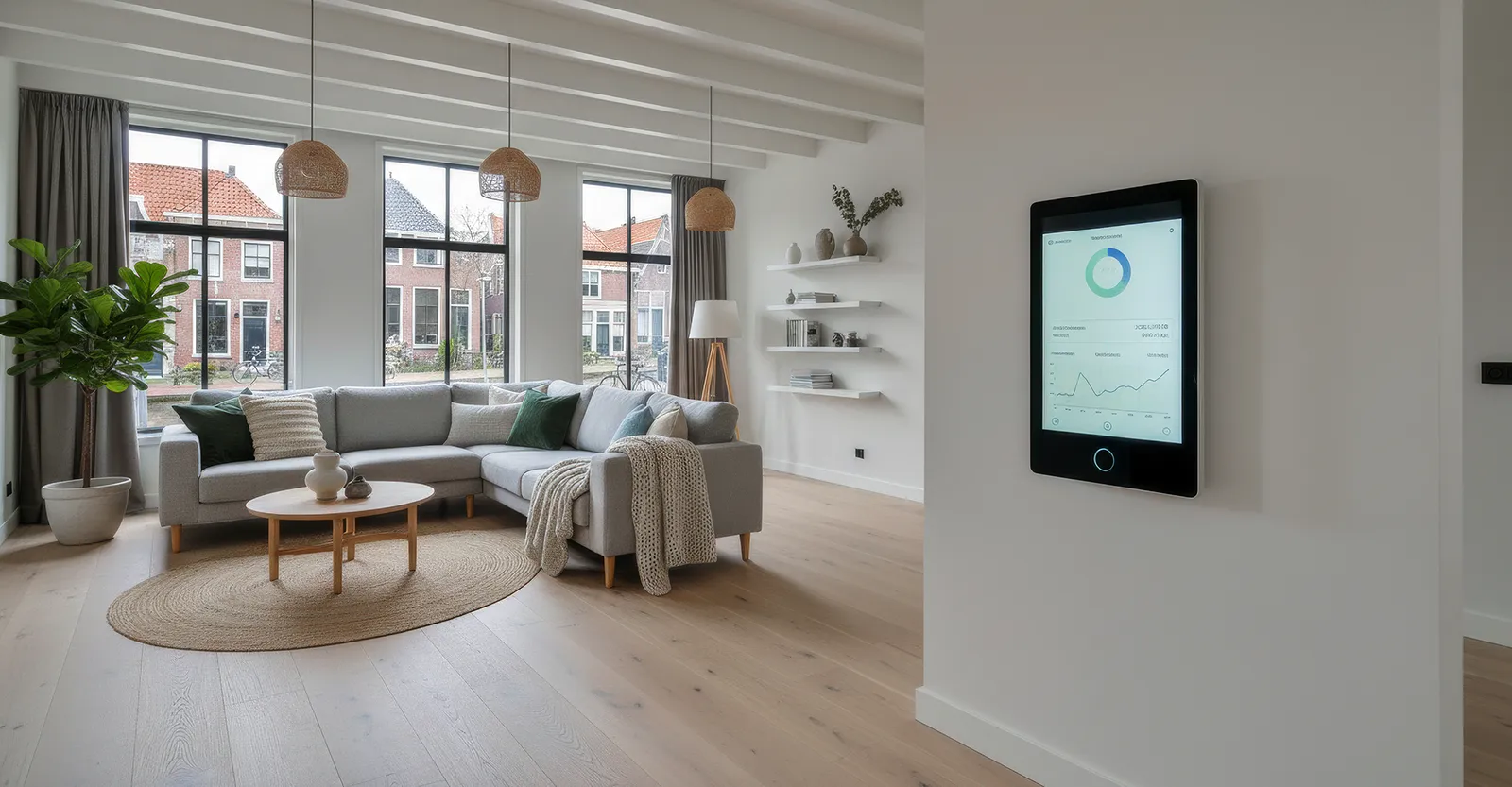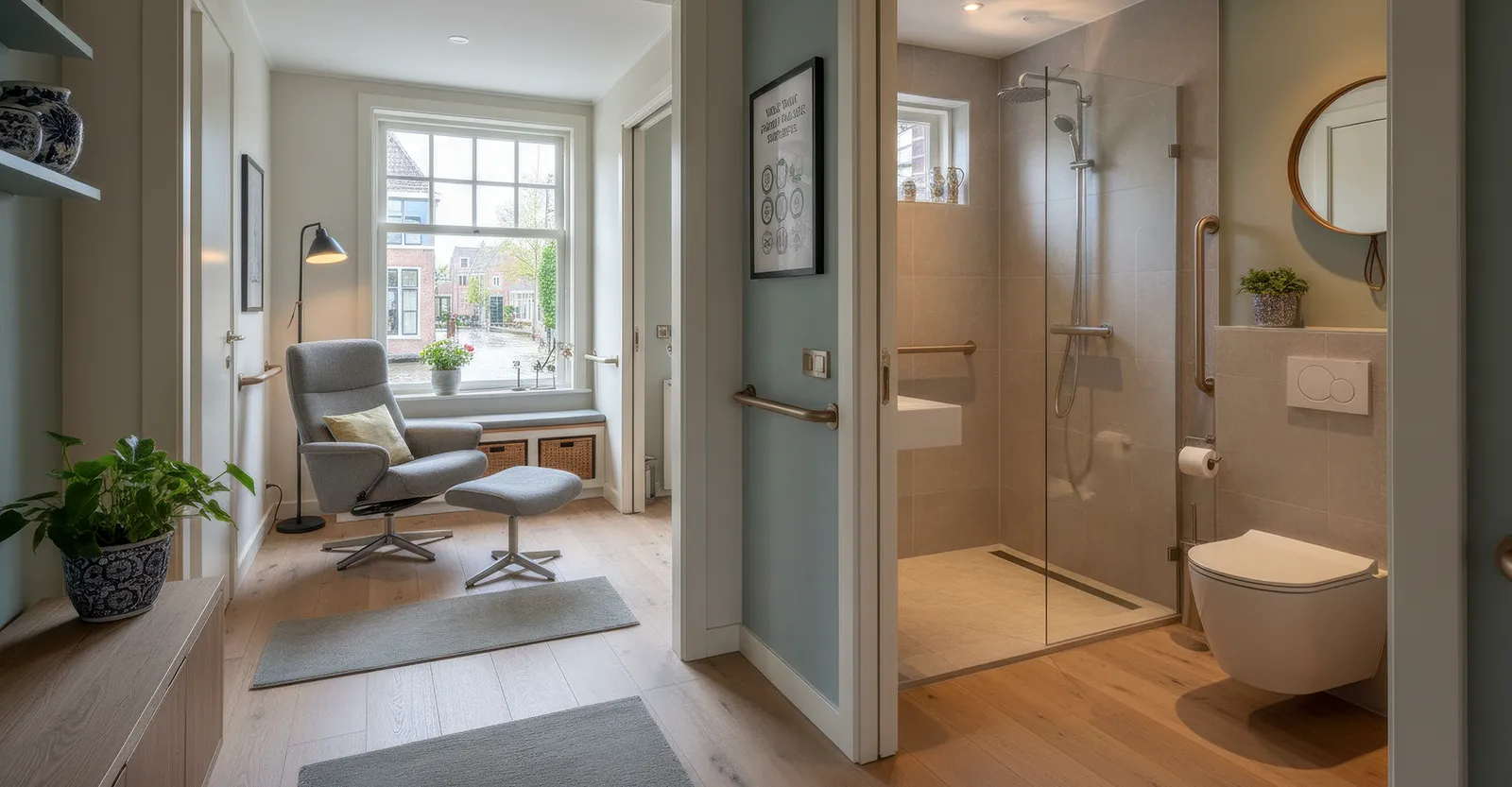For every beautiful new kitchen on a design blog, there is a less glamorous counterpart: a pile of old, ripped-out materials. Traditionally, demolition has been a brute-force affair. It’s a noisy process that creates mountains of rubble destined for landfill. But as the Netherlands pushes towards a more sustainable future, a far more intelligent approach is taking root. This approach treats demolition not as destruction, but as a careful harvest.
This modern mindset reframes waste. It sees discarded items as a collection of valuable resources waiting for a new purpose.
From Demolition to Deconstruction
The process begins not with a sledgehammer, but with a thoughtful assessment of the existing structure. This pre-demolition audit identifies what crews can salvage and reuse. Are the hardwood floors in good condition? Can someone donate the kitchen cabinets? Could those old bricks be reclaimed? This simple act of planning transforms the entire process.
Workers carefully remove items with a clear future first – doors, windows, and light fixtures. Then, the process of deconstruction begins. They take the structure apart piece by piece rather than smashing it all together.
The Importance of Sorting
It’s here, amidst the dust, that the real magic of circularity happens: on-site sorting. Instead of one big skip filled with a messy mix, a well-managed site will have separate bins. These bins hold clean rubble, wood, metals, and plasterboard. This separation is the critical step that makes recycling possible. It turns contaminated waste into clean, valuable material streams.
Conclusion
A professional partner is essential for managing this complex puzzle. For a homeowner, coordinating multiple waste streams is a daunting task. A dedicated garbage collection service during renovation simplifies this entirely. They provide the right containers and ensure every material finds its way to the correct recycling facility. This responsible approach is about more than just being green. It’s about recognising the economic value in what we used to throw away. It closes the loop, turning the end of one building’s story into the beginning of another’s.

